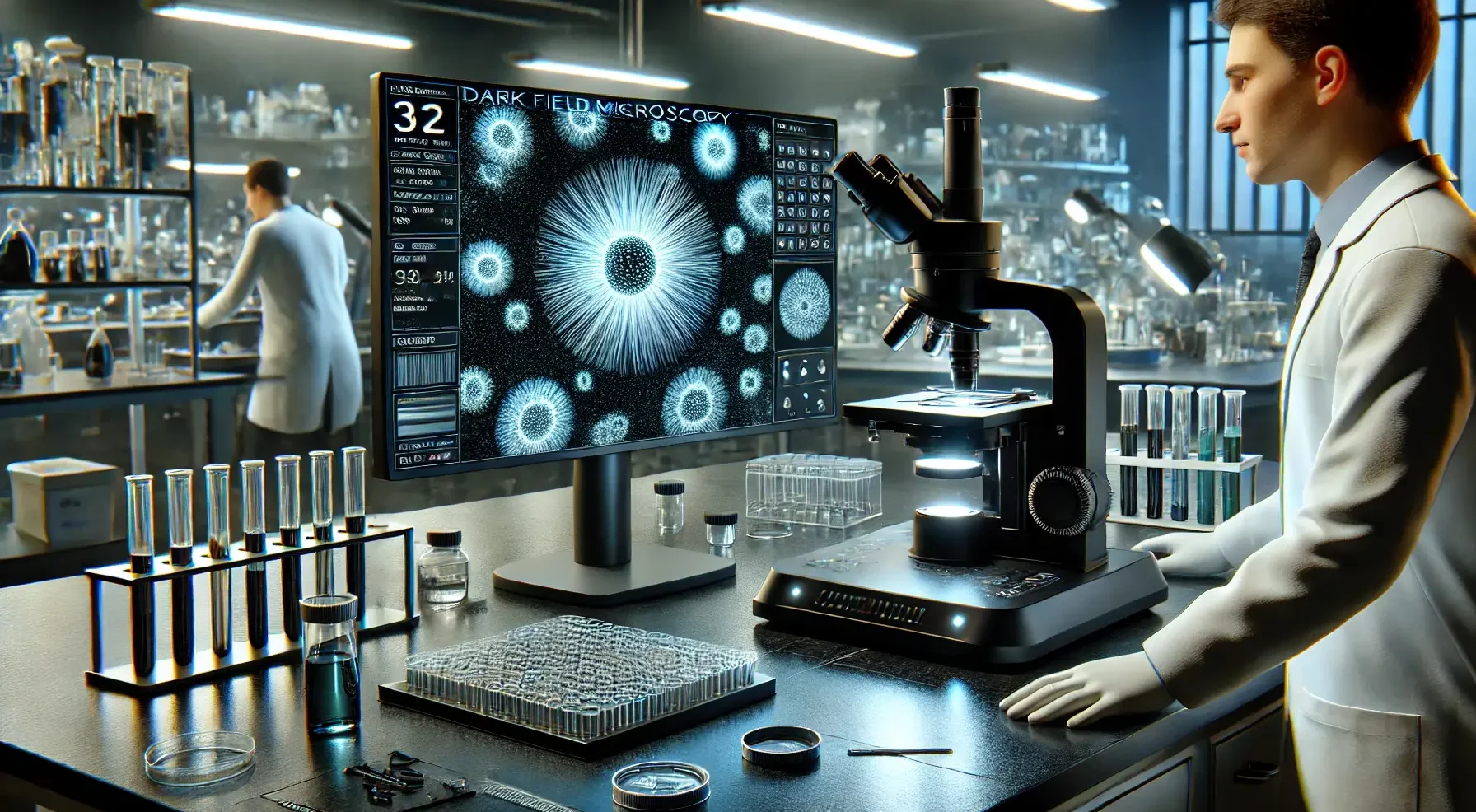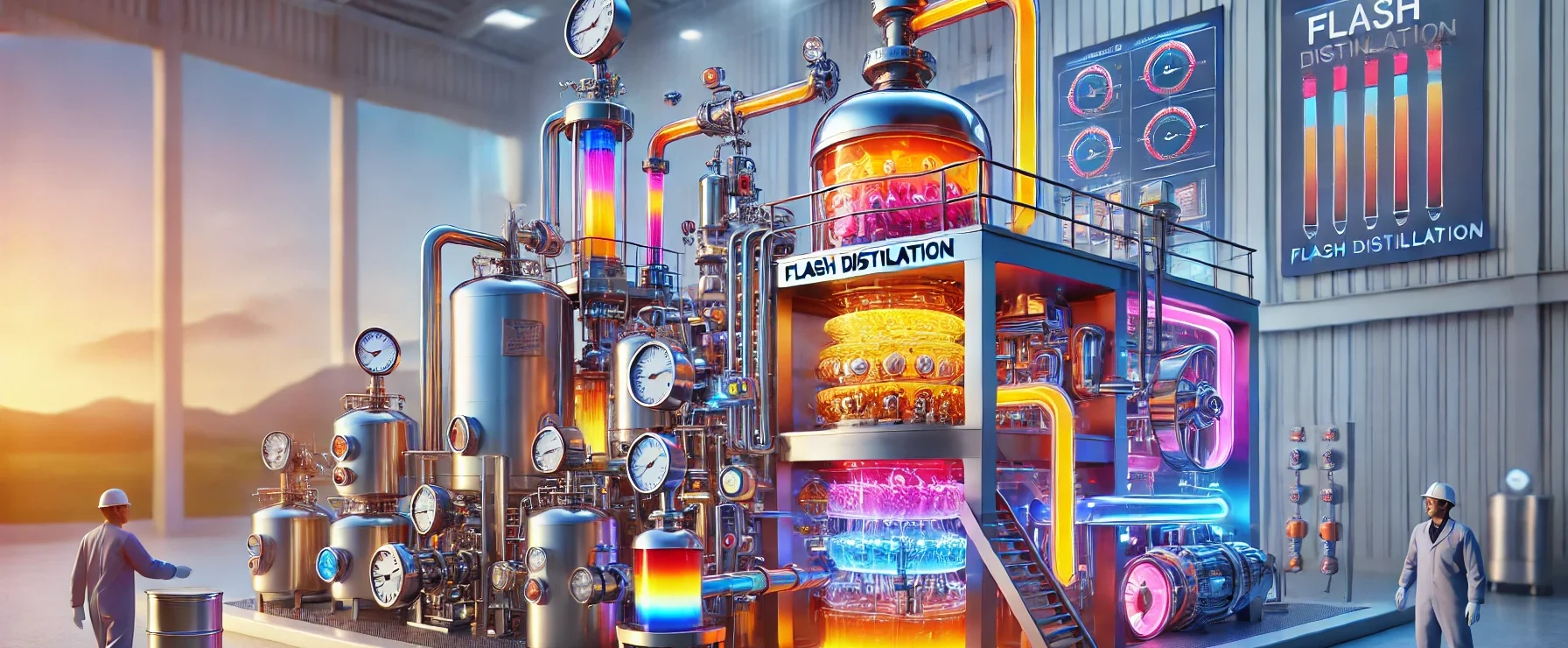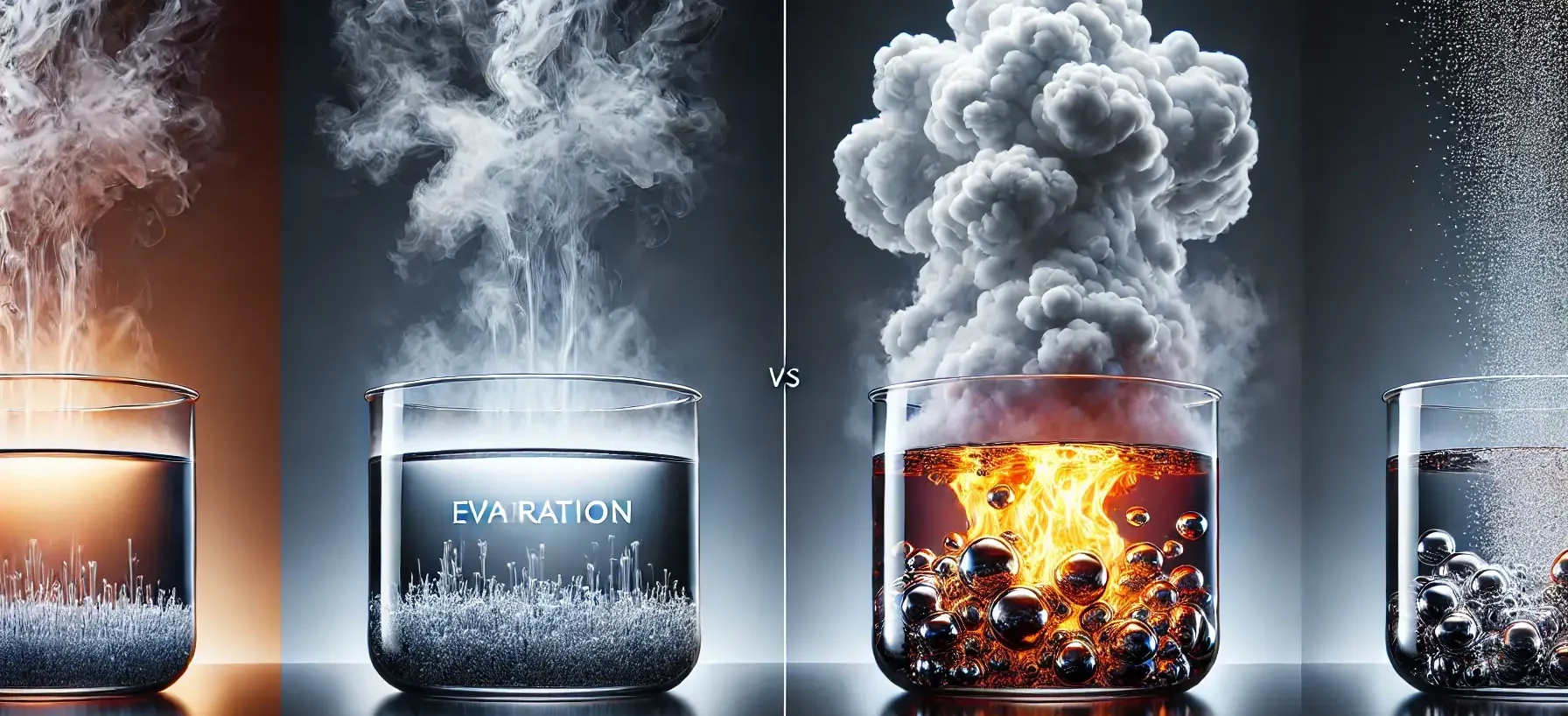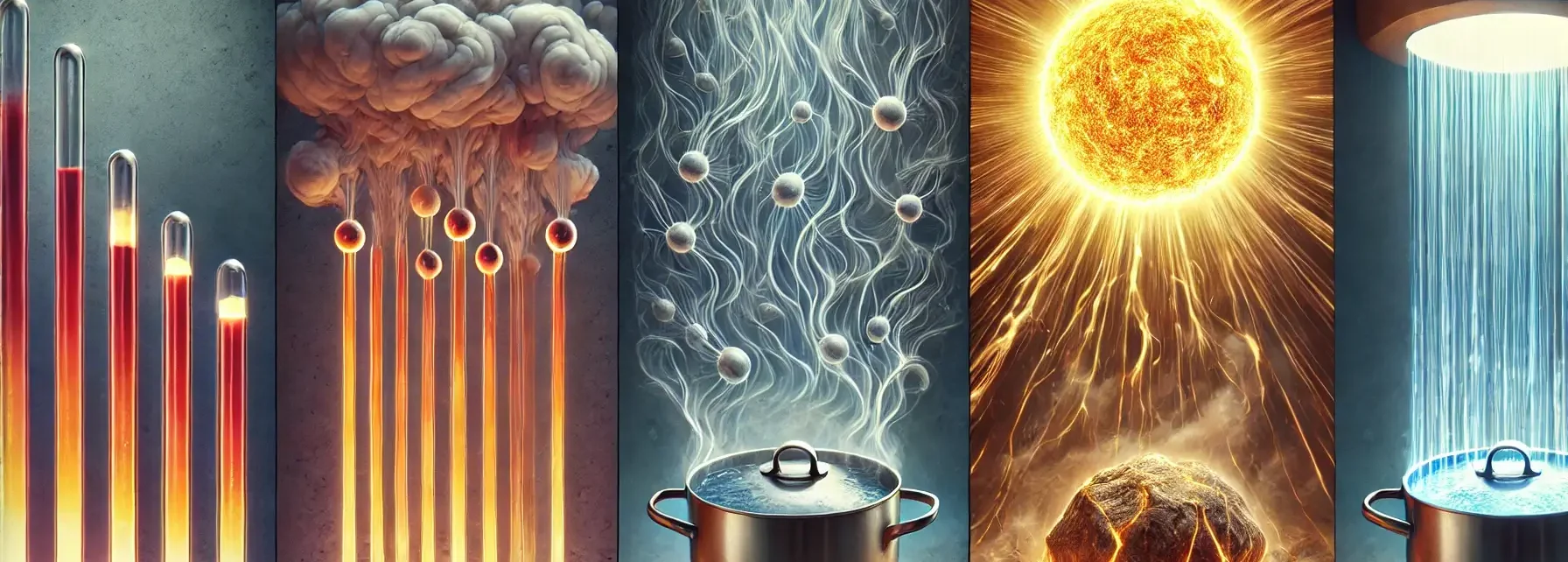Physical method of sterilization
Sterilization is a crucial process in microbiology, medicine, and various industries to ensure the elimination of all forms of microbial life, including spores. Physical methods of sterilization, particularly dry heat and moist heat, are widely used. Dry Heat Sterilization Principle: Dry heat sterilization utilizes hot air devoid of moisture, making it less efficient at heat … Read more








